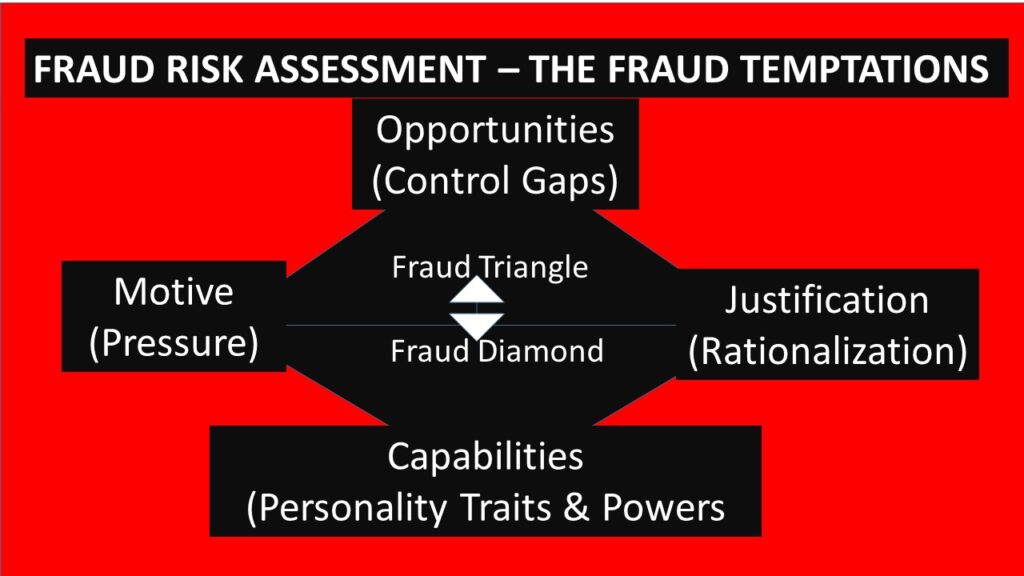Some common fraud indicators in Sales to Receivable systems
- Phony customers including shell companies
- Fictitious invoices
- unauthorised mode of customer payments
- Post dated and back dated customer invoices and payments and returns and refund memos
- Full or semi-manual interventions on sales order processing and payment procedures where the company has invested in innovative end-to-end automation systems
- Single sourced customer and out of line product sales prices over invoice of legitimate customers with refunds made to a differed customer account
- Shell company billing
- Customers with unusual account balances including credit balances
- Unusual sales amounts and products
- Unusual cash receipts
- Unusual sales payment outstanding /prolonged accounts receivables
- Unusual write offs including authorized and unauthorised write offs.
- Out of sequence invoices, sales orders and delivery shipping documents
- Unbilled shipments
- Accounts receivables aging –
- Customers with large account balances – aged
- Customers with no credit limits set and those with credit limits exceeded
- Unusual credit memos
- Unusual Discounts taken by customers
- Unrecorded sales returns and refunds
- Unauthorised and unusual write offs and Improper valuation of account receivables
- Account receivables with no associated sales or sales returns made or unrecorded sales returns
- Unreconciled and uncleared suspense accounts



The blog touched relevant knowledge elements but it is too long. Concise blogs pass messages quicker.
Dear Edu
Thanks for the comment. Your recommendations noted.